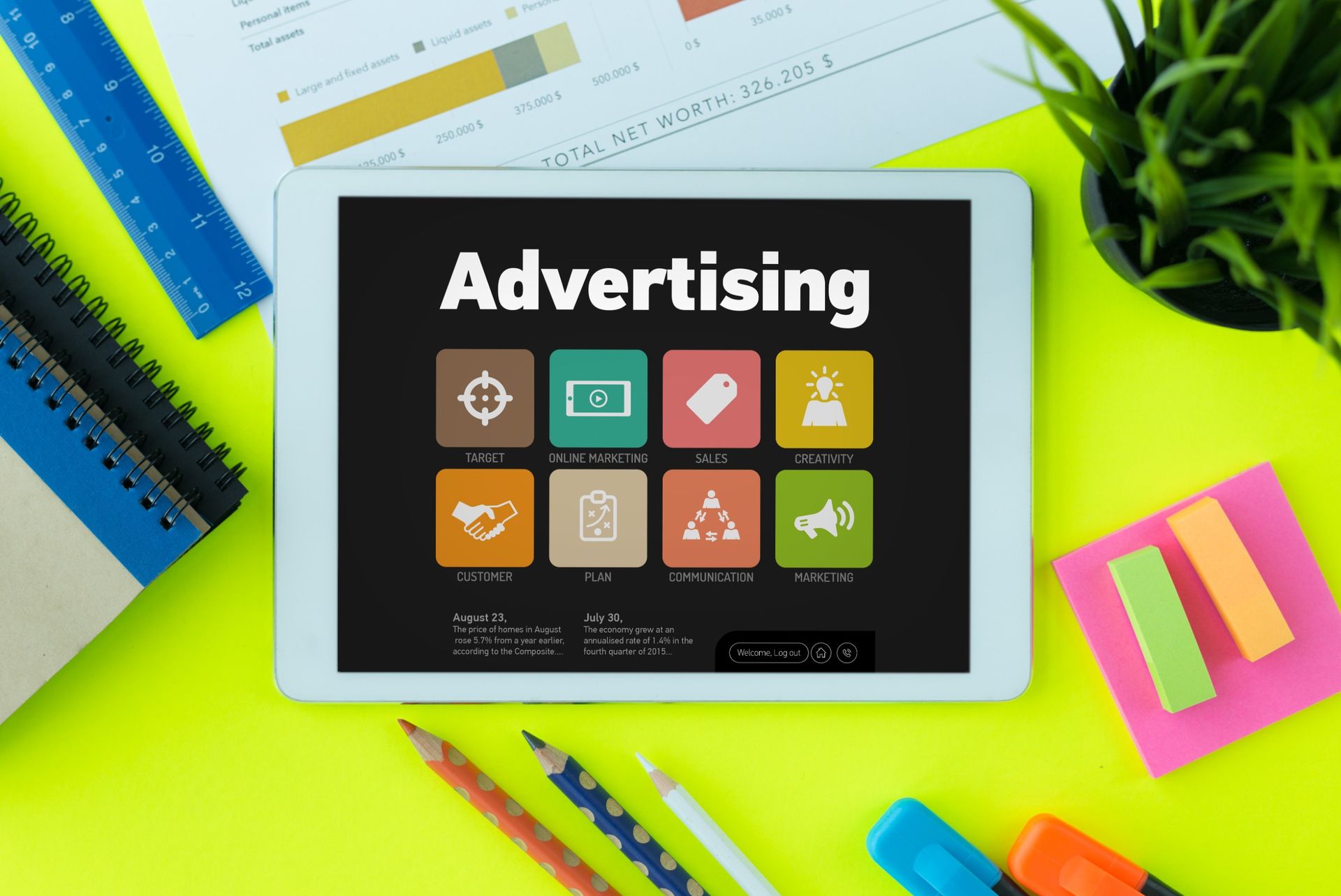The Power of Storytelling in Content Creation
Storytelling is a timeless art. From ancient myths told around campfires to blockbuster movies that capture global audiences, humans are hardwired to connect through stories. But storytelling isn’t just for entertainment; it’s a powerful tool for creating content that resonates, builds trust, and drives action.
If you've been looking for ways to elevate your content, connect with your audience, and stand out in an oversaturated digital world, this guide is your playbook. Let's explore how storytelling can transform your content and provide six actionable ways to make it work for your business.
Why Storytelling Matters in Content Creation
At its core, storytelling triggers emotions. Science shows that when we hear a story, we don’t just process the narrative; we feel it. The result? Deeper connections with your audience.
Here’s why storytelling is crucial for businesses:
- Builds Trust: Stories make brands relatable and human. Instead of being viewed as faceless entities, businesses become part of the audience’s world.
- Improves Retention: Including a narrative in your content makes information memorable. Think of it as the difference between a dry lecture and a gripping TED Talk.
- Drives Engagement: Story-driven content encourages comments, shares, and other interactions. The more personal the story, the more likely your audience will connect with it.
So, how can you apply storytelling to your content in a way that drives value for your audience and your brand? Keep reading.
1. Know Your Audience
Before crafting your story, you need to know who you're talking to. Understanding your audience’s goals, pain points, and values is the foundation of effective storytelling.
Pro Tip: Develop buyer personas that align with your target demographics. For example, if you’re a digital marketing agency like Digital Dominance Pro, identify whether your audience consists of small businesses, large enterprises, or startups and design your story to resonate with their needs.
Example:
Instead of saying, “We help businesses gain website traffic,” tell a story about a small business owner struggling to attract customers online and how your SEO strategy transformed their visibility.
2. Uncover Your Brand’s Unique Narrative
Great content always serves a larger purpose. Determine what you want to be known for and construct a narrative around that. Think of your brand's origin story or mission statement as the heart of your storytelling efforts.
- Ask Yourself:
- Why did you start your business?
- What challenges did you overcome to get here?
- How does what you do change people’s lives?
At Digital Dominance Pro, for example, a unique brand story might revolve around solving pain points that clients encounter when juggling multiple marketing agencies. By offering an all-in-one digital marketing solution, this narrative positions the brand as the hero that simplifies their clients' lives.
3. Craft a Relatable Hero
Every story needs a hero, and in effective storytelling for content marketing, your customer should be that hero. Your job is to frame your product or service as the tool that helps them overcome challenges (the "guide" in the classic hero’s journey).
How to Do This:
- Paint a picture of your hero’s difficulties.
- Use empathy to highlight their struggles.
- Show how your product leads them to a solution and happy ending.
Example:
A content piece for Digital Dominance Pro might describe a struggling café owner, overwhelmed by competition, who boosted sales by 90% after implementing a strategic Facebook Ads campaign.
4. Make Your Content Visual
Stories aren’t just about words. Visual elements bring your narrative to life and make it more engaging. Whether it’s through videos, graphics, or
photos, use visuals that reinforce your message.
Ideas for Visual Storytelling:
- Use before-and-after visuals to demonstrate transformation (e.g. increased traffic from Google Ads campaigns).
- Publish customer testimonials in video format.
- Create behind-the-scenes content showcasing how your services make a difference.
Why It Works:
Humans are visual creatures. Images and videos are processed faster than text, making your narrative more impactful and memorable.
5. Evoke Emotion
Emotion is at the core of every great story. Whether you're aiming to inspire, make people laugh, evoke nostalgia, or even gently challenge them to rethink their approach, emotional content is more likely to leave a lasting impression.
Tips:
- Include meaningful challenges and resolutions in your stories.
- Make your content authentic and empathetic.
- Don’t shy away from showing vulnerability.
Example:
Instead of merely listing the benefits of SEO services, craft a story about an entrepreneur who was on the verge of shutting down, only to experience a business revival through improved online visibility. This narrative creates a deeper emotional connection than simply explaining technical details.
6. End with a Call to Action
Storytelling for marketing isn’t just about engaging your audience; it’s about motivating them to take action. Whether that’s signing up for a newsletter, booking a consultation, or purchasing your product, your story should lead them to a clear next step.
Craft a Seamless Transition:
Tie your call to action to the narrative. For instance:
- “Like [hero character], you too can transform your business via SEO. Schedule a free call with Digital Dominance Pro to find out how!”
- “Get started on your success story. Contact us today.”
A storytelling-based CTA feels natural because it aligns with the emotions your content has already tapped into.
Storytelling in Action
Look at how successful brands use storytelling:
- Nike often tells inspirational stories about perseverance.
- Airbnb uses real customer stories to show how they help travelers belong anywhere.
- Coca-Cola leans into nostalgic narratives, highlighting happiness and sharing moments.
Even as a small business, you can use storytelling to your advantage. Highlight your customer success stories, your values, or the passion behind your mission to resonate with your audience.
Leverage Storytelling to Boost Brand Loyalty
Storytelling isn’t a trend; it’s a timeless tool that taps into how humans naturally communicate, connect, and learn. By integrating compelling stories into your content strategy, you can not only captivate your audience but also turn them into loyal customers.
Whether you’re a team of one or 100, telling authentic, relatable stories can make your brand unforgettable. Need help bringing your narratives to life? Digital Dominance Pro's marketing experts are here to help you craft and share your brand's success story. Schedule a free call today and discover how to transform your content strategy through storytelling.









